Fort Victoria Zimbabwe and Kyle National Park
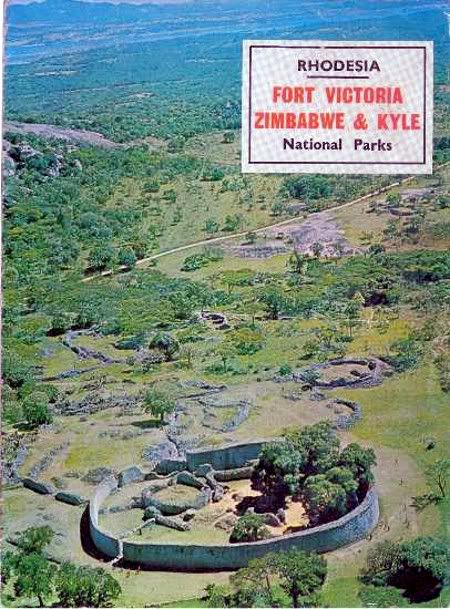
Fort Victoria lies at the edge of the open Rhodesian plateau, known as the highveid, and was the first town to be established by the 1890 Pioneer Column after it had laboured its way up from the low country that was then the domain of the warlike Matabele. It has played a notable part in the country's history, particularly during the Matabele War and Rebellion of the 1890s, when it was an important strong-point. There are many interesting links with the pioneer past for the visitor to see.
Now it is the centre of one of Rhodesia's most concentrated and convenient tourist areas — a complex which, within a small area, offers the visitor the massive Zimbabwe Ruins, a wide variety of wild life, and beautiful lakeland scenery.
Communications between Fort Victoria and other centres in Rhodesia are excellent, the capital Salisbury, being only a four-hour drive away. The town is also served by a regular scheduled air service linking the country's main centres. A tour operator in the town provides an inclusive transport service to all places of tourist interest in the area.
Accommodation is provided in two hotels in the town itself, two hotels at the Zimbabwe Ruins, and a hotel at the eastern shore of Lake Kyle. There are also private holiday chalets and caravan and camping sites on the lakeshore near the dam wall. Within the national parks at Lake Kyle and Zimbabwe there is chalet and lodge accommodation and facilities for camping and caravaning.
Below: From the shady Queen Elizabeth gardens in the centre of the town, one of the original towers of the old pioneer fort (on left) may be seen. As in days of danger now happily long past, the curfew bell is rung each night at 9 o'clock. Another tower, in nearby Hughes St., houses a small pioneer museum. Immediately beyond the gates to the gardens is the war memorial.
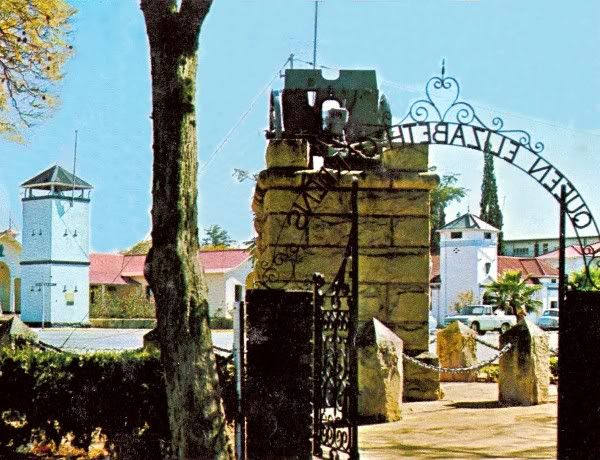
Below: Reached by a turnoff two miles from the town on the Birchenough Bridge road is a chapel, built and decorated by Italian prisoners of war interned in Rhodesia during the years 1942-46. Extended since then, the chapel is built in a rich style not often found in Rhodesia.
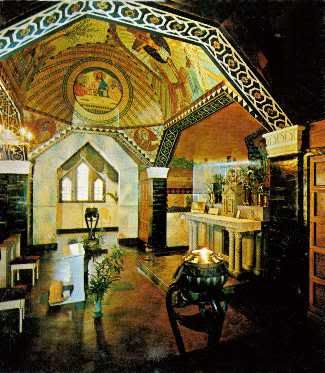
Below: National park accommodation, such as that shown here at Zimbabwe, is always set in pleasant surroundings. Thesechalets or lodges are rented at reasonable prices and are within walking distance of the ruins. At Lake Kyle the lodges are set within the game reserve, with views over the lake and the nearby mountains.
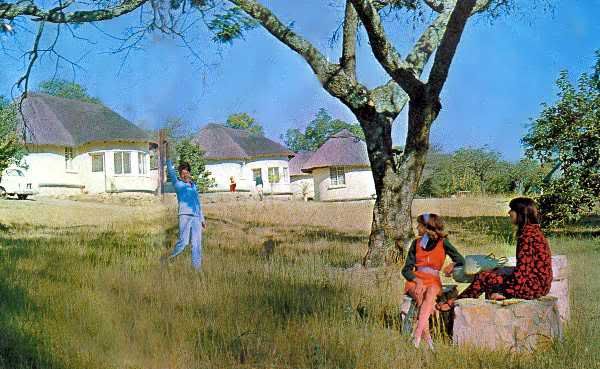
Below: Wherever one stands at Zimbabwe, the Acropolis ruins are in sight, they form an impressive backdrop to the nine-hole golf course which winds its way along the valley below.
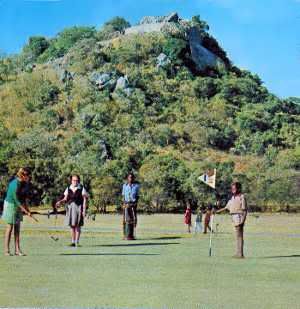
Below: Sheppards Hotel is one of two hotels situated near the Zimbabwe Ruins, providing comfortable accommodation. Both are linked to Fort Victoria by a tarred road, and are near the southern shore of Lake Kyle.
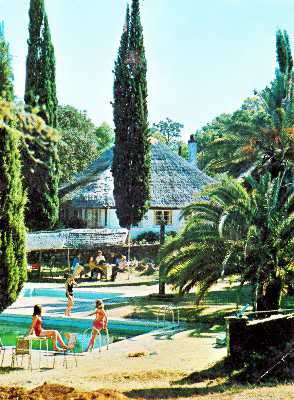
Below: Near the national parks accommodation at
Zimbabwe is an extensive aloe garden, where
many varieties, both indigenous and foreign,
make a vividly coloured scene during July and
August each year.
Back cover of the booklet
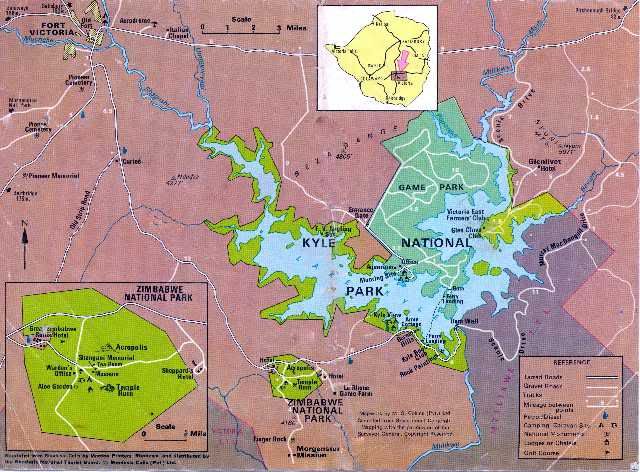
Extracted and recompiled by, Eddy Norris for use on ORAFs, from a booklet made available to ORAFs by Diarmid Smith
No financial gain is intended from producing these memories
Thanks to:-
My son, Paul Norris, for the ISP sponsorship.
Paul Mroz for the image hosting sponsorship.
Robb Ellis for his assistance.
Should you wish to contact Eddy Norris please mail me on orafs11@gmail.com
Now it is the centre of one of Rhodesia's most concentrated and convenient tourist areas — a complex which, within a small area, offers the visitor the massive Zimbabwe Ruins, a wide variety of wild life, and beautiful lakeland scenery.
Communications between Fort Victoria and other centres in Rhodesia are excellent, the capital Salisbury, being only a four-hour drive away. The town is also served by a regular scheduled air service linking the country's main centres. A tour operator in the town provides an inclusive transport service to all places of tourist interest in the area.
Accommodation is provided in two hotels in the town itself, two hotels at the Zimbabwe Ruins, and a hotel at the eastern shore of Lake Kyle. There are also private holiday chalets and caravan and camping sites on the lakeshore near the dam wall. Within the national parks at Lake Kyle and Zimbabwe there is chalet and lodge accommodation and facilities for camping and caravaning.
Below: From the shady Queen Elizabeth gardens in the centre of the town, one of the original towers of the old pioneer fort (on left) may be seen. As in days of danger now happily long past, the curfew bell is rung each night at 9 o'clock. Another tower, in nearby Hughes St., houses a small pioneer museum. Immediately beyond the gates to the gardens is the war memorial.

Below: Reached by a turnoff two miles from the town on the Birchenough Bridge road is a chapel, built and decorated by Italian prisoners of war interned in Rhodesia during the years 1942-46. Extended since then, the chapel is built in a rich style not often found in Rhodesia.

Below: National park accommodation, such as that shown here at Zimbabwe, is always set in pleasant surroundings. Thesechalets or lodges are rented at reasonable prices and are within walking distance of the ruins. At Lake Kyle the lodges are set within the game reserve, with views over the lake and the nearby mountains.

Below: Wherever one stands at Zimbabwe, the Acropolis ruins are in sight, they form an impressive backdrop to the nine-hole golf course which winds its way along the valley below.

Below: Sheppards Hotel is one of two hotels situated near the Zimbabwe Ruins, providing comfortable accommodation. Both are linked to Fort Victoria by a tarred road, and are near the southern shore of Lake Kyle.

The Zimbabwe Ruins have been the subject of controversy ever since their discovery by an American hunter in 1868 — the complete answer to their origin may never be known, but they are undoubtedly unique. The massive Temple Ruin and the Acropolis Ruins are the result of prodigious labours over many years, and are the subject of wonder, whoever their
builders may have been.
Set in a well-treed valley, enlivened by the colourful aloes which have taken root in the broken walls, the visitor cannot escape the atmosphere that this now-dead city evokes. From the Acropolis, high on a typical granite kopje, the views that are provided of the sur- rounding countryside mark this as a sacred place. Legend confirms this, and it was here that the strange Zimbabwe birds and other carved objects were found.
These can now be seen in the nearby museum, together with other intriguing archaeological finds, such as fragments of gold jewellery and china.
The visitor may learn something of the complicated background to Zimbabwe and the conclusions of historians by hiring a hand-size radio which receives a recorded commentary as he walks through the passages of the Temple. A comprehensive guide book is also available.
Here an individual can come to his own conclusions, but will never fail to be impressed.
Below: The view from the Acropolis Ruins over the surrounding countryside amply rewards the visitor who tackles the steep walk. The western wall, seen here, is 25 feet-nigh and 16 feet thick at the widest point of its summit. A notable feature of the Acropolis is thedovetailing of immense boulders into the suucture of the complicated series of wails.
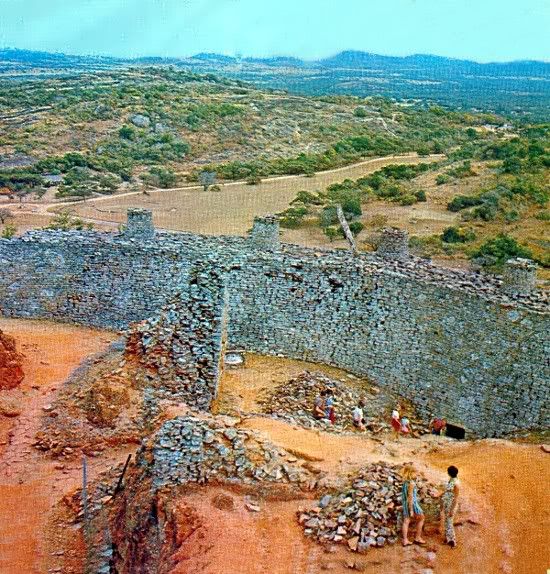

Below: The narrow gloomy Parallel Passage in the Temple leads for 220 feet from one of the main entrances to the Conical Tower. The outer wall here is 30 feet high, and the carefully laid courses of granite stones can be seen to advantage.
Below: Dominating the Temple interior is the mysterious Conical Tower. This massive feature is 34 feet high, with a diameter of 17 feet at the base and 8 feet at the summit. Its function is unknown, and attempts to ascertain whether it is hollow have proved fruitless.


Below: Adjacent to the Zimbabwe Museum is a reconstruction of a 19th-century
Karanga village, correct in every detail.Also to be seen here is a witchdoctor,
potter and musician. Many items of traditional nature made here are on sale.
Karanga village, correct in every detail.Also to be seen here is a witchdoctor,
potter and musician. Many items of traditional nature made here are on sale.
Below: Near the national parks accommodation at
Zimbabwe is an extensive aloe garden, where
many varieties, both indigenous and foreign,
make a vividly coloured scene during July and
August each year.
Back cover of the booklet

Extracted and recompiled by, Eddy Norris for use on ORAFs, from a booklet made available to ORAFs by Diarmid Smith
No financial gain is intended from producing these memories
Thanks to:-
My son, Paul Norris, for the ISP sponsorship.
Paul Mroz for the image hosting sponsorship.
Robb Ellis for his assistance.
Should you wish to contact Eddy Norris please mail me on orafs11@gmail.com
Labels: http://http://www.blogger.com/img/blank.gifwww.blogger.com/img/blank.gif
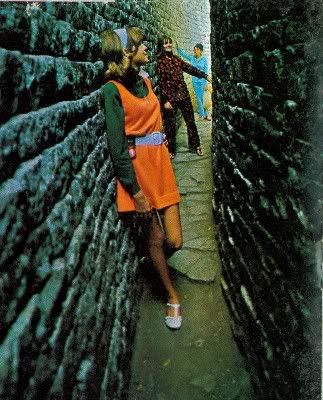

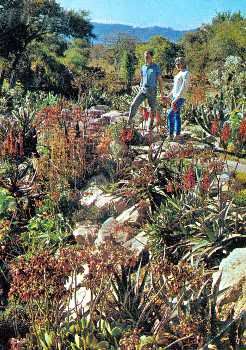


1 Comments:
Nick Baalbergen Writes:-
Nice shot of the interior of the 'Italian' chapel. Some time ago someone was doing research on the churches build during WWII by 'Italian POWs' - there are a fair number, with two in the Fort Vic area. I know that the Italian internees who opted to work on Devuli Ranch during the war years were vital to the survival of the ranch over this period. Many of the Italians on the Ranch were professionals such as doctors architects and even a chef. Many years later, I was at High School with the son of one of the Devuli 'Italians', a Dr Rossi, who had stayed on in the country after WWII and raised a family there.
Post a Comment
Subscribe to Post Comments [Atom]
<< Home